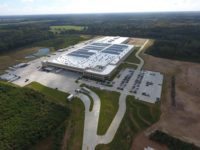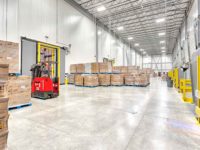In our September magazine, we drilled down into many of the trends shaping design-build and cold facility construction today. If you haven’t had a chance to read it yet, you can catch up by clicking here, but to summarize, cold storage and cold facility construction is booming, and demand is outpacing supply. Project pipelines are robust not just through 2021, but well into 2022 too. None of the design-build/construction firms we surveyed in our September story said they have less work in 2022 than in 2021, which is great news all around, despite labor and building material shortages.
While our focus in September was on actual construction and retrofit trends, in this issue, we wanted to take a step back and offer a few strategies for industrial site identification prior to building, particularly since greenfield sites are in high demand today. We spoke with two industrial real estate experts from the firm CBRE (Coldwell Banker Richard Ellis): Art Rasmussen, SVP, and David Sours, SVP national food facilities group, for their tips to investors assessing a potential cold facility site.
R&FF: What are the biggest factors driving the current industrial real estate market as it pertains to cold storage sites?
Sours: Big picture, we are seeing changes in the supply chain due to the pandemic and acceleration of e-commerce. This is driving more activity to industrial, including cold storage. The strength of the industrial market is making the asset class much more competitive and driving exploration of related niches like cold storage. However, we are still seeing a lack of new cold storage to replace antiquated facilities, which are becoming less economically viable.
R&FF: What strategies should a prospective property owner take today when assessing a greenfield site for cold storage?
Rasmussen: The first consideration should be the location relative to the supply chain. If it is not in an advantageous position, then it is almost impossible to overcome. Most other limitations can be addressed. Each market is unique, but locations should have good circulation, ample truck courts, and staging. Storage for reefer trailers is always important as well. You should also research what the region calls for to serve the food industry beyond current public refrigerated warehouses (PRWs).
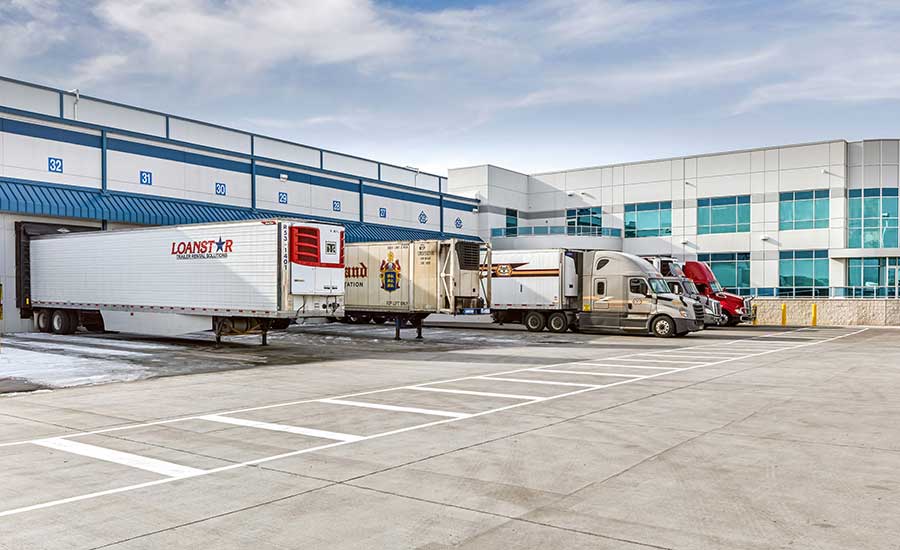
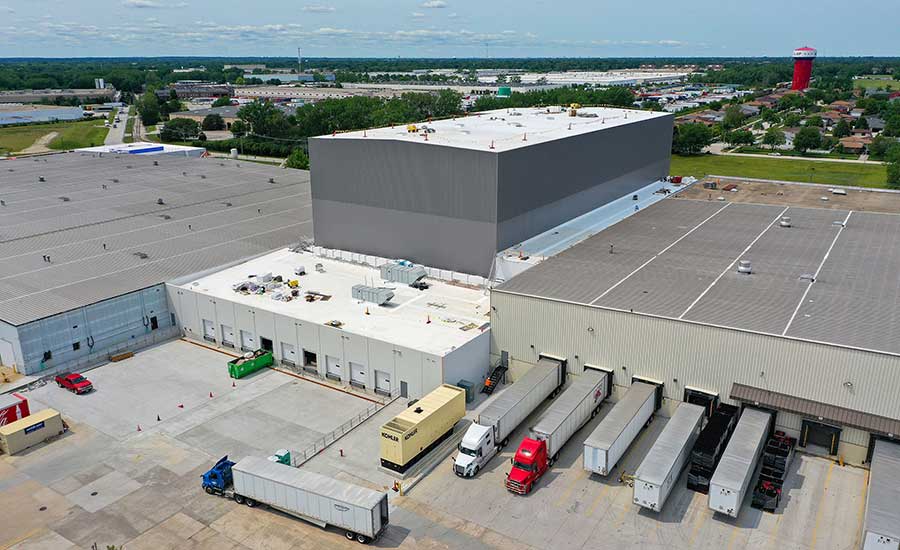
R&FF: What strategies should an owner take when assessing a retrofit site to transform into cold storage, in the event that greenfield sites aren’t available?
Sours: In my experience, retrofitting for cold storage as a strategy is time consuming and is very difficult to successfully execute. Improvements need to be amortized over more than 10 years to make financial sense. You also need to make sure the overall market supports the proforma. Other things to keep in mind are that it is very difficult to do spec cold storage, as you are guessing to balances of temperature and cube requirements, and, this type of construction is much more expensive than purpose-built construction.
R&FF: What are the biggest real estate pitfalls for owners after committing to a property investment to build a cold storage facility?
Sours: Many assume that there is a one-size-fits-all for cold storage users. In truth, it is very nuanced and there are many sub-sectors of the food industry that all require different sizes, temperatures, configurations and locations. The individual use of a certain type of occupier varies greatly. It is important to know exactly what type of user you are targeting so you don’t build the wrong facility. We are also seeing challenges with material costs and long lead times, which add to the already escalated cost of building cold storage.
R&FF: How do property prices for greenfield sites today compare to years past, especially since there is so much competition right now? Can owners overpay for a site due to a much-desired location?
Rasmussen: In general, industrial land prices have been increasing, but the size and location often determine to what degree. Land prices in major metro areas have been increasing rapidly, sometimes two-fold as compared to just a couple of years ago. Suburban areas outside of major MSAs (Metropolitan Statistical Areas) are not as competitive and pricing has not increased as rapidly. For sites with 10 acres or more, it has become very competitive.
We have seen what we perceive to be “overpaying” for a location, but then the price will be surpassed a short time after. The takeaway is that reaching for the right location will more than often pay for itself logistically over time.


R&FF: What is a realistic timeframe for an owner to realize ROI on their industrial property investment, particularly with a cold storage site?
Rasmussen: We are seeing developers achieve projected ROIs much quicker now and more in line with standard industrial development. Increased absorption and demand saved many aggressive projects with strong pre-leasing.
R&FF: How has the increase in speculative cold storage facilities affected the industrial real estate market today?
Sours: The term “speculative” in the cold storage category has to be qualified. Many projects are advertised and being marketed more like build-to-suits and ready for cold storage construction, yet they aren’t necessarily coming out of the ground without tenant commitments. The “spec” market is definitely creating opportunities for food manufacturing and distribution companies alike to consider new and more efficient facilities, as it addresses the high capital demands for cold storage.
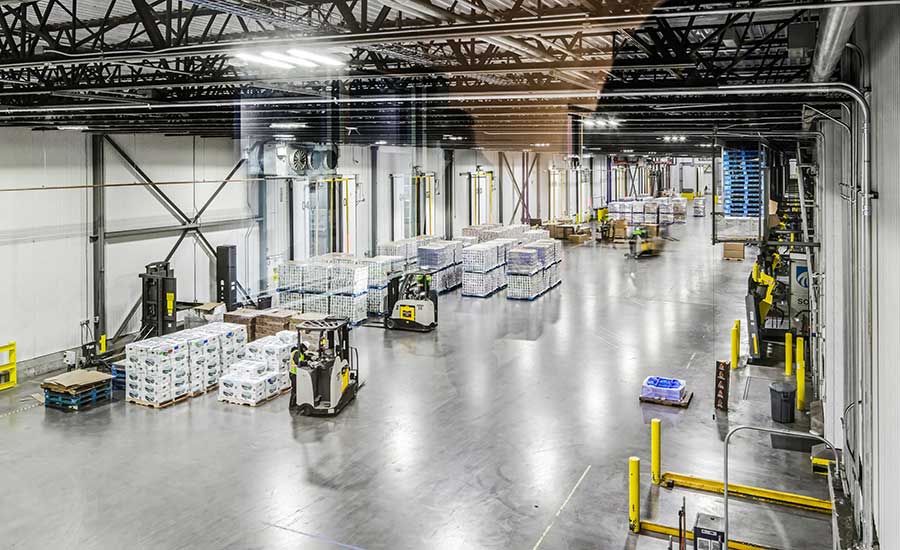
R&FF: What basic tips do you have for inexperienced owners/investors in identifying a site to build cold storage in today’s market?
Rasmussen: It’s the old real estate adage—location, location, location. It should be a population-centric location with proximity to north and south interstate infrastructure. Once that is established, owners need to identify the local food-oriented drivers. What elements in the market create demand for cold storage or food processing? Then, target the most likely users and tailor it to them. One size does not fit all, so don’t take a broad approach.


